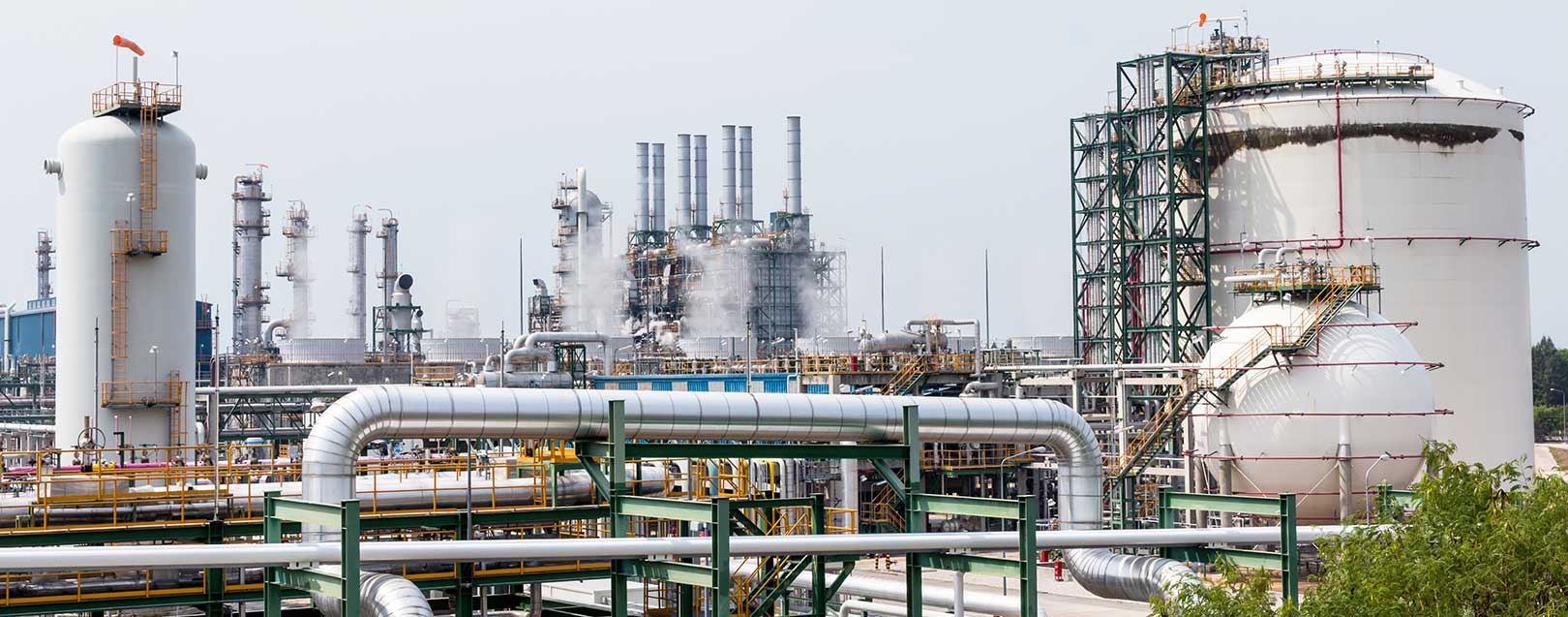
Indian energy market is set to emerge as third-largest: IEA
The Dollar Business Bureau
India’s energy market is set to explode in the near future, and by the early 2020s, the country will overtake Russia to become the world's third-largest refinery, according to a top official of the International Energy Agency.
Speaking to the reporters on the margins of the international oil and gas meet CERA Week, Fatih Birol, Executive Director of IEA, said: "India is moving to the centre stage of global oil and energy markets. It is not only oil. It is coal. It is solar. It is out of the strong growth in the economy and the population growth."
Petroleum Minister Dharmendra Pradhan is leading the Indian delegation to the event, which is also being attended by global leaders and ministers from Canada, Russia, Saudi Arabia and the United Arab Emirates.
Hailing Prime Minister Narendra Modi’s ambitions and initiatives, Birol said Modi-led government has provided a strong impetus to the Indian economy, especially in terms of boosting oil and gas production. There is enormous growth potential for the hydrocarbon assets in the country, and India will leapfrog to be at the centre stage of the global energy market.
"India overtakes China as the main driver of demand growth, as was foreseen by the IEA some time ago," Birol said.
As China’s economic growth continues to slow down, India will suddenly emerge the focus of global attenuation. India’s per capita oil consumption stands at just 1.2 barrels a year today, but it is expected to reach 1.5 barrels a year by 2022. China’s per capita oil consumption is 3 barrels per capita a year and is expected to reach 2.5 barrels a day by 2022.
India has undertaken some giant oil and gas projects to enhance its production capacity. "Indian Oil Company floated its 1.2 mb/d mega-refinery project in Maharashtra, but we do not assume it will be constructed and launched before 2022," a report said.
The IEA also released a five-year forecast for the global oil industry that noted that the global oil supply over the next five years would struggle to keep pace with oil demand after 2020. This would escalate risks of a sharp increase in oil prices across the globe, Birol noted.
The oil glut in 2015 and 2016 had already shaken the global demand and the economy. In the next few years, crude supply will increase in Brazil, Canada, the US, and elsewhere. There is also a prevailing fear that if the two-year investment slump that started in the aftermath of declining oil prices is not reversed; the oil sector growth could stall again by 2020.
“We are witnessing the start of the second wave of US supply growth, and its size will depend on where prices go. But this is no time for complacency. We do not see a peak in oil demand any time soon. And unless investments globally rebound sharply, a new period of price volatility looms on the horizon,” said Birol.






 to success.
to success.